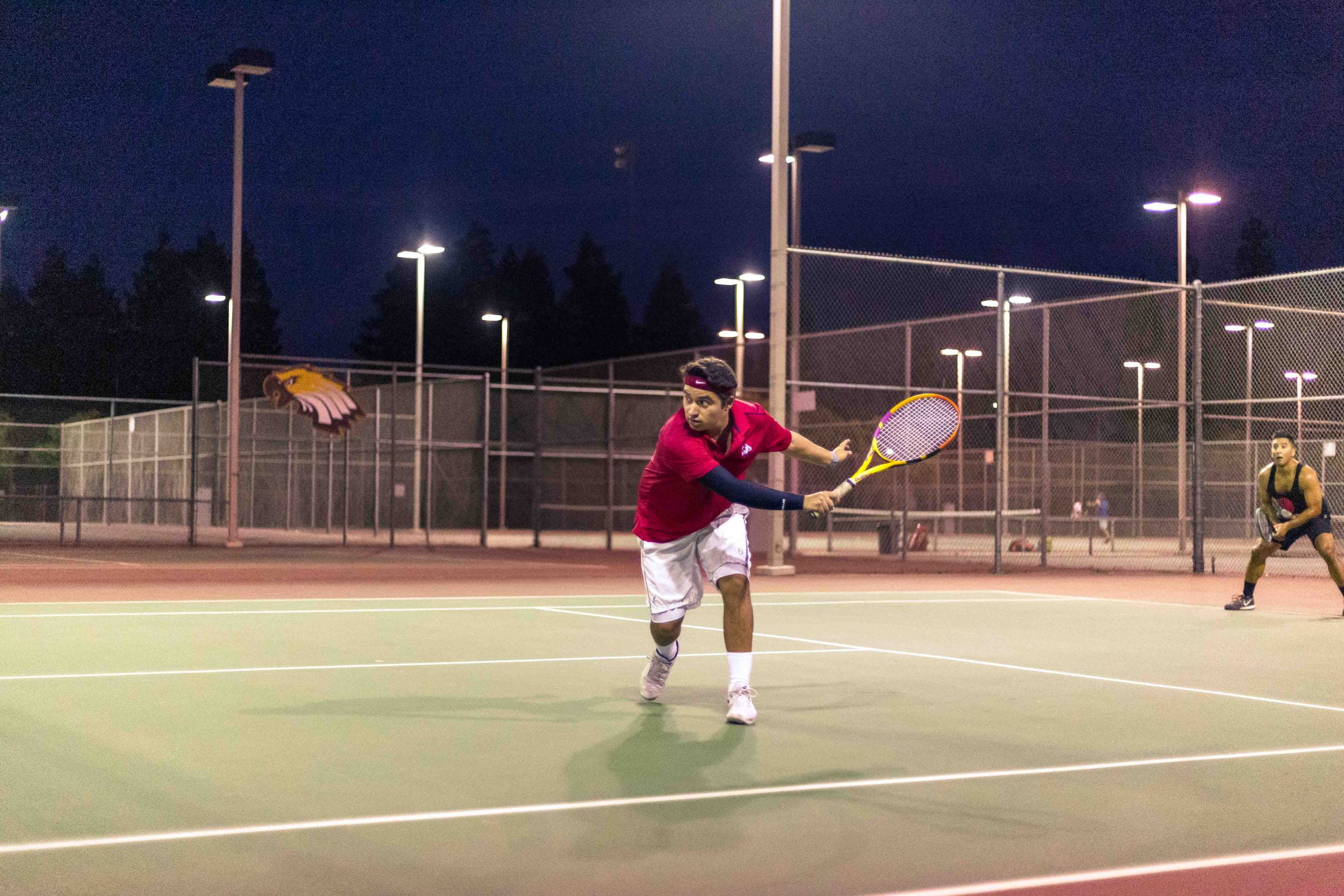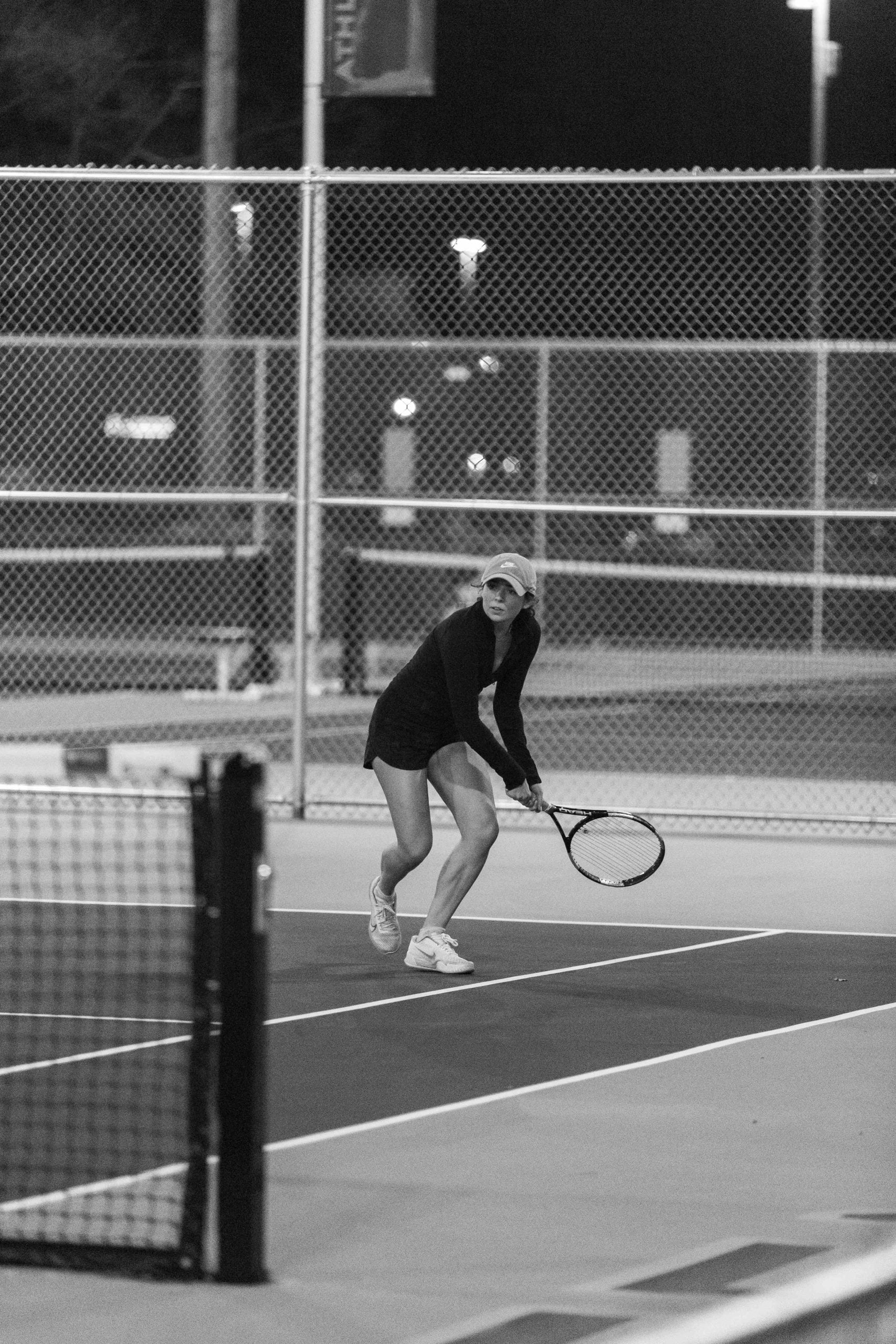Sports photography is a vibrant and exhilarating field that focuses on capturing the high-octane action, emotion, and energy of athletic events. As a specialized branch of photography, sports photography plays a pivotal role in documenting and showcasing the thrill of sports, whether it’s a breathtaking moment of victory, a heart-stopping play, or the raw determination of an athlete. In this blog, I’m going to go in-depth into what sports photography is, what you need to know to capture those epic sports moments, as well as go into the challenges you may encounter while trying to get into sports photography.
*Side note: I own Canon cameras so I might refer to Canon more than I would other brands, but everything written here applies to all camera brands.

The importance of sports photography extends far beyond merely documenting events. There are many areas where sports photography is crucial. Sports are highlighted and remembered through the pictures that are taken. It’s how history’s greatest sports moments have always been ingrained, even with the popularity of video. These pictures end up being used by all types of audiences. One of the main areas where sports photography is used is through the media.
Media coverage is one area where sports photography is essential, providing compelling visuals that accompany news stories, articles, and broadcasts. High-quality images capture the essence of sporting events, making them more engaging and memorable for audiences. Media outlets rely on striking sports photographs to draw attention and enhance storytelling. The media can use these pictures to shift their narrative in the way they want to, whether it be for a good or bad story. Though the media is usually the first ones to grab these iconic pictures, they are certainly not the only ones that make use of them.

Fan engagement is another area where sports photography lives and thrives. For fans, sports photography offers a window into the game they love. Iconic images of dramatic plays, celebrating athletes, or emotional moments help fans connect with the sport on a deeper level. These images are often shared on social media, helping to build a community and keep fans engaged between games and events. Fans also buy and frame these images in their home or office to show off their favorite teams and their favorite players. Having these moments around can accentuate a fan’s personality. What about the ones getting their picture taken though?

Athlete profiles are another area that sports photography covers. For athletes, professional sports photography is essential for creating impactful profiles and promotional materials. Whether for personal branding, sponsorships, or team presentations, high-quality portraits and action shots highlight an athlete’s skill, personality, and achievements. This visual representation is crucial for building an athlete’s public image and attracting opportunities while being able to take in their greatest achievements.
Understanding sports photography’s importance makes it clear how popular and important it is as a form of photography. Knowing this, the question that comes up is how these pictures come to be. What kind of camera do you need to capture these kinds of pictures?
When it comes to capturing the electrifying moments of sports, having the right equipment can make all the difference. Sports Photography requires a blend of technical precision and creative vision, and choosing the right tools is crucial for achieving those perfect shots. Below I will go into the essential equipment necessary to get into sports photography, including camera types, lenses, and accessories.
Choosing the right camera is fundamental in sports photography, where speed and accuracy are paramount. Both DSLR and mirrorless cameras have their advantages. This could quite honestly be a blog post on its own, but I will try to summarize a comparison below:
Digital Single-Lens Reflex (DSLR) cameras are known for their robust build, extensive lens selection, and optical viewfinders that offer a clear view of the action. Despite that, compared to the mirrorless cameras, most DSLRs have much slower fps (frames per second) unless you go and grab the top DSLRs available to purchase. Even then, they still don’t match the fps of the current mirrorless cameras. Autofocus is where the biggest difference lies as a DSLR’s autofocus is much more limited, though, sports photographers have made it work for decades so that can’t be the main reason for choosing one over the other. Regardless of that fact though, it makes a big difference.

Mirrorless cameras, on the other hand, are typically lighter and more compact than DSLRs while shooting at a much higher fps than just about all DSLRs. They use electronic viewfinders or LCD screens to preview shots, which can be advantageous for live-view shooting. Modern mirrorless cameras often feature superior autofocus systems and high continuous shooting speeds, making them increasingly popular among sports photographers. Their smaller size can be a big plus for mobility and quick repositioning during longer events.

You can use any lens to capture sports photography, but that depends entirely on the story you are trying to capture. This is why sports photographers use different lenses. Generally, though, sports photographers will use telephoto zoom lenses as they offer the most versatility when trying to get that perfect picture. Here are some key types of lenses to consider:
Essential for capturing distant action, telephoto lenses like a 70-200mm f/2.8 or a 100-400mm f/4.5-5.6 offer the reach and speed needed to photograph athletes from afar. Now, even though these are the more expensive lenses, I still recommend them as they are the ones that can still perform even when the available light is low which is more common than you would think (those overhead lights in any stadium are NOT helpful). These kinds of lenses allow you to zoom in on the action without compromising image quality, making them ideal for field sports such as football, soccer, and basketball. There are more affordable alternatives to these lenses, though, you will most certainly be upping the ISO on your camera to compensate for it, along with a possible degradation in autofocus performance.

These lenses do exactly what you think they’d do. They can provide very wide angles to capture more of your scenery. They also capture close-up shots and provide a broader perspective. Wide-angle lenses such as the 16-35mm f/2.8 or f/4 are invaluable for this reason. These lenses are perfect for outdoor/indoor sports or situations where you need to get up close to the action. Though it’s not as common when you know your angles and the story you’re trying to convey, a wide-angle lens in sports photography can be a great tool.

To maximize your performance and ensure you’re prepared for any situation, several accessories can prove essential:
Sports photography usually has one (if you’re lucky) or more challenges that can impact the quality of your images. From preventing motion blur to navigating crowds, overcoming these obstacles is crucial for capturing stunning sports shots. Here’s how to tackle some of the most common challenges in sports photography.
Motion blur can be a significant issue in fast-paced environments. This becomes even more true when the amount of light you’re dealing with is less than ideal. This is where the exposure triangle comes in. To freeze the action and remove the motion blur in your pictures, you need to increase the shutter speed. When you do this, though, you are giving your camera less time to take in light, making the image darker. To combat this, you must increase your ISO so that the image sensor on your camera is more sensitive to light. Always think about increasing your ISO before sacrificing a lower shutter speed! Another key point to keep in mind is to have your camera in continuous autofocus so that moving subjects stay in focus. This mode adjusts focus as the subject moves, reducing the chance of blur due to shifting focus.
Adapting to various weather conditions is crucial in sports photography, as they can significantly impact your shooting process. In rain or snow, it’s essential to protect your camera and lenses with weather-resistant covers or rain sleeves to prevent moisture damage. Using a lens hood can help shield your lens from raindrops and reduce lens flare. With snow, regularly wiping off snow accumulation ensures your gear remains functional. Under bright sunlight, manage harsh shadows and overexposed highlights by using a lens hood to minimize glare. Using a polarizing filter to reduce reflections and enhance contrast could also be a good strategy. Adjust your exposure settings to avoid overexposure, particularly in high-contrast scenarios. In low-light conditions, increasing your ISO and using a faster lens (e.g., f/2.8 or wider) is key to capturing clear images. Always be mindful of lighting limitations and adjust your camera settings to maintain image clarity.

One thing that many sports photographers do to get ahead of everyone around is to visit the venue of the event before the event even happens. This way, you can find the best possible shooting angles that offer unobstructed views of the action. Positioning yourself strategically to avoid crowds and equipment is key to not getting crowds and equipment in your frame. Of course, if you know what you’re doing, getting the crowd in some part of your frame can create a more cinematic and memorable picture.
Mastering sports photography requires a blend of the right equipment, techniques, and adaptability. By choosing the right gear, getting your settings right, and overcoming the challenges you might encounter, you can have a successful shooting day. Of course, planning ahead of time can only get you so far and there might come a situation you didn’t see coming but that’s the fun part of photography. Being creative and getting the desired image sometimes requires thinking a little bit out of the box. The best pictures were never attained easily. Remember that, and you will have a much more successful career as a sports photographer, and as a photographer, all together.
